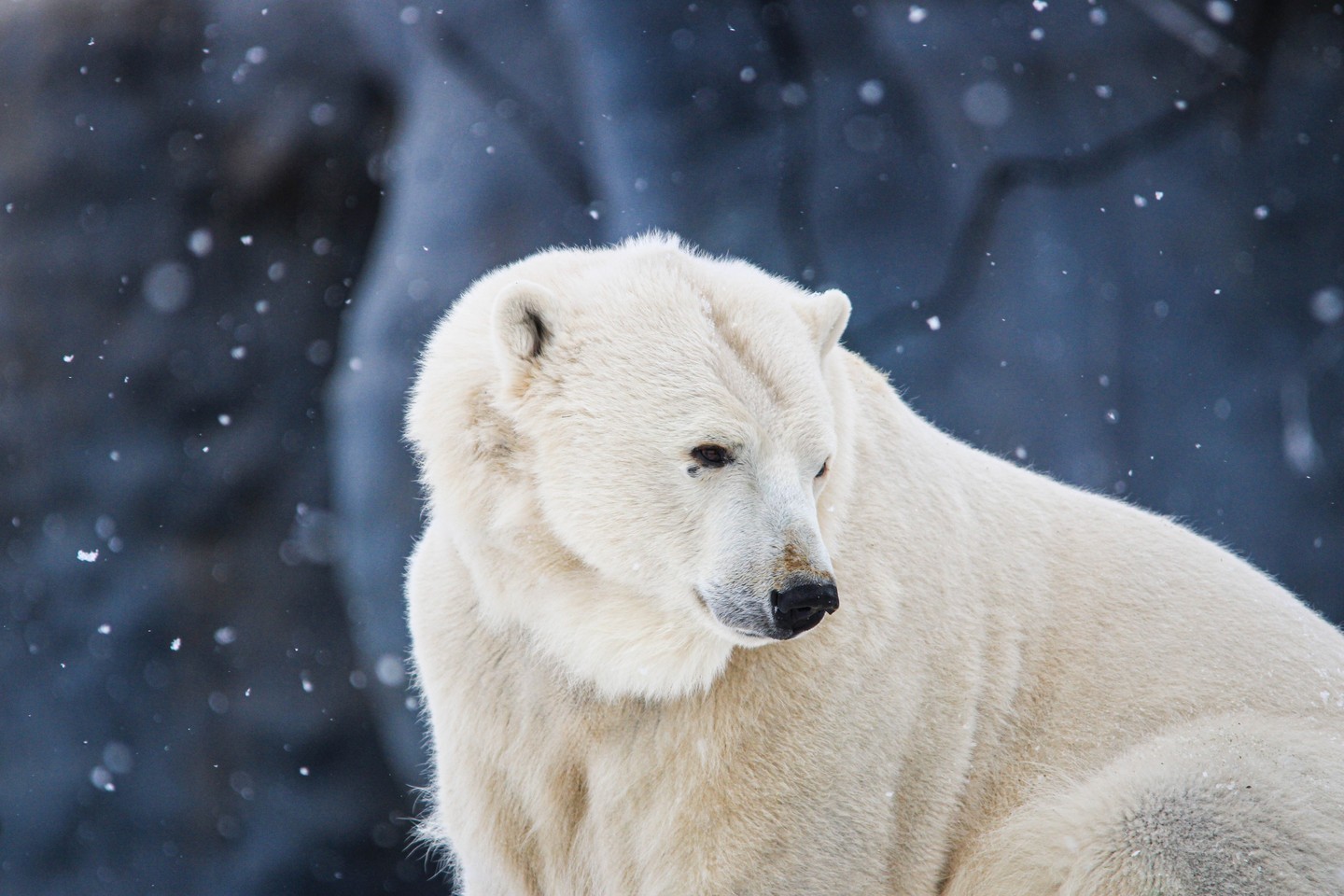– **International Polar Bear Day**: A day to recognize the magnificence of polar bears and raise awareness about their survival struggles.
– **The ecological barometer**: Polar bears are a crucial indicator of Arctic health and climate change.
– **Conservation status**: Understanding the polar bear’s vulnerable status and the impact of sea ice depletion.
– **Connecting with the cause**: How you can learn more and even win an exclusive look at a polar bear habitat at the Toronto Zoo.
– **Engaging with knowledge**: An invitation to partake in a conservation-driven quiz to deepen your understanding of polar bears.
Imagine standing at the edge of the Arctic tundra, the crisp, icy air filling your lungs as you witness a scene of sheer power and grace: a polar bear navigating the frozen wilderness. As the largest carnivores to roam the Earth’s poles, these animals are not just the kings and queens of their icy domains but silent sentinels of a world on the brink of transformation. International Polar Bear Day on February 27th is an annual event dedicated to the wonder of these majestic creatures and a reminder of their precarious future.
So, why are these Arctic giants so important? Polar bears are a gift to the natural world – a thread in the tapestry of life that teaches us about the intricacies of the ecosystems they inhabit. They show us that even the mightiest can be vulnerable and that what affects them has ripples throughout the globe.
The presence and health of polar bears are tightly woven into the fabric of their frigid home. The sea ice they depend on is the foundation of their existence—they breed, raise their young, hunt for seals, and travel vast distances. However, with climate warming, sea ice is melting at unprecedented rates, leaving polar bears with shrinking platforms to sustain their way of life.
On this special day, in partnership with Polar Bears International, we shed light on the plight of an animal that’s become an unintended symbol of a world grappling with change. With an estimated 22,000-31,000 polar bears left in the wild, classified as vulnerable by the International Union for Conservation of Nature (IUCN), action is more urgent than ever.
But how exactly are these bears crucial to understanding the changing Arctic? Well, polar bears tell the story of their home without uttering a single word. From the vanishing ice to the changing availability of their prey, these bears recount the tale of a shifting landscape. Their struggle clearly signals that all is not well in the Arctic – a message we must listen to, understand, and act upon.
Attention to these issues can start today, right at the comfort of your screen. There’s an opportunity to admire these creatures from afar and gain an insider’s perspective at the Toronto Zoo. Continue your learning journey about polar bears and get a chance to experience their world up close with an exclusive behind-the-scenes tour of the polar bear habitat and the possibility of meeting the Zoo’s polar inhabitants face-to-face.
Your quest for knowledge does not end there. By following along and taking a quiz designed to challenge and enlighten, you can demonstrate your commitment to conservation. And, if you display your prowess by answering all 12 questions correctly, a unique reward awaits to enhance your appreciation for these white-coated wanderers of the North.
But let’s dive deeper into what makes polar bears beautiful and integral to the Arctic ecosystem. Picture the Arctic without polar bears—it’s like an ocean without its tide, a forest devoid of trees. They are apex predators, and their hunting habits ensure that marine ecosystems remain balanced. Without a check on their numbers, the seal populations might otherwise explode and disrupt the food web. Polar bears, therefore, maintain the equilibrium.
*****
Source Description
International Polar Bear Day is on February 27th, and alongside @polarbearsinternational, we are raising awareness for the plight of this incredible arctic species 🐻❄️
Why are polar bears so important? These large carnivores are sensitive indicators of the health of an ecosystem. Through polar bears, we can better understand what’s happening in the Arctic, and sadly, polar bears indicate that the Arctic is melting at an alarming rate.
Polar bears are vulnerable on the IUCN’s Red List, with only 22,000-31,000 remaining in the wild. This is largely due to climate warming the melting of sea ice. Sea ice is crucial to polar bears for reproduction, hunting,g, and migration. Without it, the polar bear’s chances of survival are dramatically lowered, putting them at risk for extinction.
Keep learning with us now for your chance to win a behind-the-scenes tour of our polar bear habitat and treat the polar bears that call the Toronto Zoo home. Follow along for conservation information about polar bears, and take this quiz at the link in our bio. Those who complete all 12 of the quiz questions correctly will be entered to win 🐻❄️

